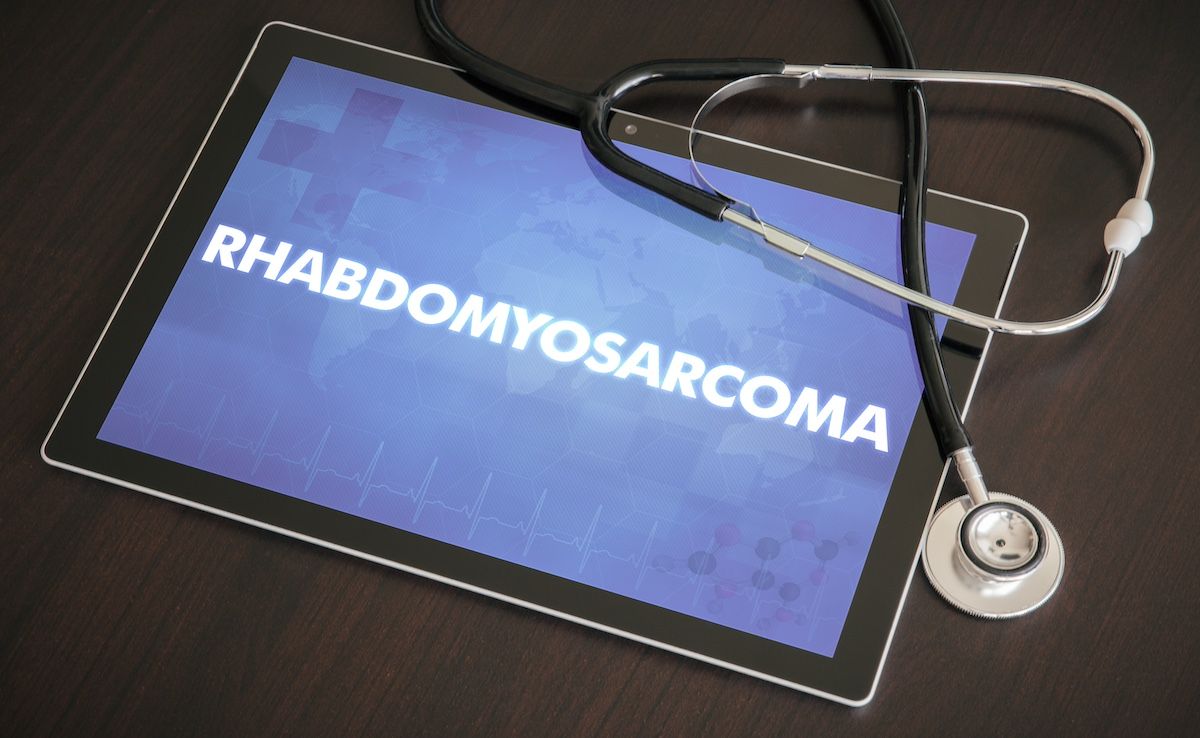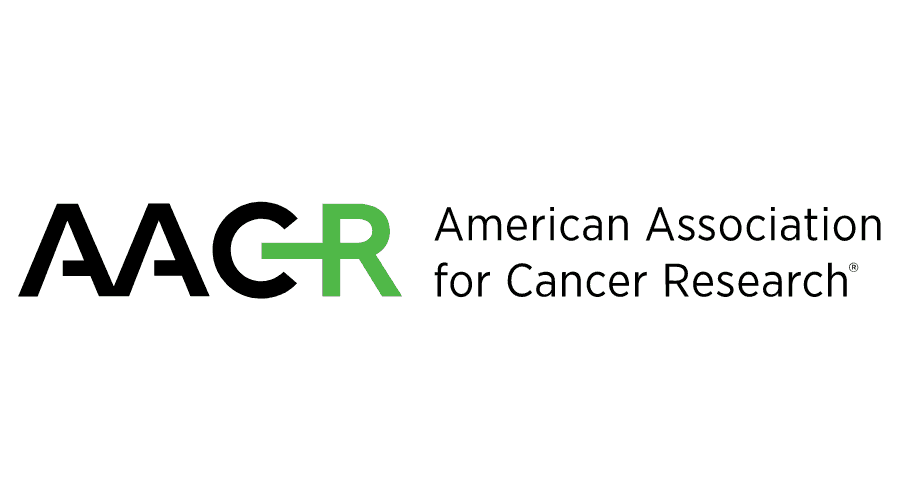News
Article
Pediatric Treatment Fails for Adult Rhabdomyosarcoma
Author(s):
Rhabdomyosarcoma, a common form of soft tissue sarcoma in pediatric patients with outcomes that have improved through research, is rare among older patients, who also have significantly poorer outcomes.
Adult patients diagnosed with rhabdomyosarcoma have poor outcomes, which weren't much improved with a treatment successful in children with the same disease, according to a recent trial from The University of Texas MD Anderson Cancer Center. The results were published in Rare Tumors.1
Compared with adults who did not receive pediatric-based treatment for alveolar rhabdomyosarcoma, adult patients who received the pediatric-based treatment did not experience a statistically significant improvement in overall survival.
Rhabdomyosarcoma is a type of soft tissue sarcoma that primarily arises in muscles attached to bones and aids in body movement.2 Alveolar rhabdomyosarcoma is more specialized, in that it typically occurs in specifically in trunk, arm, and leg muscles; it also is a more common form of rhabdomyosarcoma in adults.3
The authors of this study noted that care for alveolar rhabdomyosarcoma suffers from a lack of suitable and optimal treatments for adult patients. Not only is soft tissue sarcoma less common in adult patients, with all subtypes considered rare diseases, but alveolar rhabdomyosarcoma is even more so: just 3% of adult soft tissue sarcoma diagnoses, from among the 1% of cancers in adult patients that are sarcomas.4 Therefore, these study investigators wanted to evaluate outcomes from various chemotherapy regimens to see if any improved outcomes for this patient population.1
The adult patients in this investigation who had alveolar rhabdomyosarcoma did not see a survival advantage from common pediatric-based regimens; the maximum response to first-line chemotherapy was complete remission in just 43%. | Image Credit: ibreakstock-stock.adobe.com

The trial treated 49 patients with alveolar rhabdomyosarcoma during the study period (2004-2021), and they all received upfront chemotherapy—92% in the neoadjuvant or unresectable/metastatic setting. Their most common locoregional treatment was both radiotherapy and surgery (49%, n = 22), followed by radiotherapy alone (29%, n = 14) and surgery alone (10%, n = 5); radiotherapy also was typically administered neoadjuvantly.
The overall median survival was 3.56 (range, 0.17-12.7) years, and there was an overall response rate of 89%. However, the adult patient population did not exhibit an overall survival benefit from any of the administered pediatric-based chemotherapy regimens, even when controlling for risk factors.
For the present study, the median patient age was 32 (range, 18-67) years, and their median time from first-line systemic therapy initiation was 2.29 (range, 0.16-12.6) years. Most patients were White (53%) or Hispanic (20%), with an intermediate clinical risk (67%) and stage III disease (47%). The primary site of their cancer was a paramengingeal location (59%).
Patients received a median 10 (range, 1-20) cycles of chemotherapy, and these typically were the triplet backbone regimens of vincristine, actinomycin-D, and cyclophosphamide (VAC) or vincristine, doxorubicin, and ifosfamide (VDI).
Just 62% of patients had evaluable disease, and of these, the maximum response to first-line chemotherapy was complete remission in 43% and partial response in 46% by RECIST criteria. Stable disease was only seen in 2 patients. Disease progression led to treatment discontinuation in 7 patients; toxicity, 5 patients; loss of insurance coverage, 1 patient; and completion of treatment, 15 patients.
Longer survival was evident in patients with locoregional vs metastatic disease, at 4.05 vs 1.73 years, and patients with lower clinical stage disease had better expected survival, but there was not a statistically significantly better survival between patients who did and did not receive doxorubicin-based regimens (HR, 1.48; 95% CI, 0.68-3.19; P = .36). There also was not a significant survival difference between patients who received VDI vs another regimen for localized (2.3 vs 4.8 years; HR, 1.8; 95% CI, 0.58-5.9) or metastatic (1.7 vs 2.2 years; HR, 1.7; 95% CI, 0.45-6.5) alveolar rhabdomyosarcoma, or those who received VAC vs a non-VAC regimen (4.0 vs 3.1 years; HR, 1.29; 95% CI, 0.46-3.63; P = .61).
Further, number of completed frontline cycles did not equate to survival outcomes, with the study authors not seeing a difference between patients who received a median 8.52 cycles vs 9.48 cycles (P = .49).
The authors emphasize that adult patients with rhabdomyosarcoma already have worse outcome compared with children, which Ravin Ratan, MD, MEd, associate professor, Department of Sarcoma Medical Oncology, Division of Cancer Medicine, MD Anderson, explained in an interview with The American Journal of Managed Care®.4
“Kids can take a lot more chemotherapy than adults can safely. And so for some of these sarcomas, pediatric oncology’s done a really great job of making sure that they enroll these kids in studies that then define how we treat those diseases,” he said. “They do a much better job of it, in fact, than adults.”
The present study investigator note that their analysis was not powered to determine chemotherapy inferiority, and they concluded, “A prospective trial specifically enrolling an adult alveolar rhabdomyosarcoma population comparing specific doxorubicin/VDI-based and current pediatric VAC-based regimens would be needed to answer this question, with this and other retrospective studies serving as benchmarks for clinical outcomes.
The best trial for this, they added, is a multi-institute or multinational cooperative study.
References
1. Nakazawa MS, Livingston JA, Conley AP, et al. Clinical characteristics and outcomes of adult alveolar rhabdomyosarcoma patients on first-line systemic therapies: a single-institution cohort. Rare Tumors.2024:16:20363613241271669. doi:10.1177/20363613241271669
2. Childhood rhabdomyosarcoma treatment (PDQ)–patient version. National Cancer Institute. Updated April 8, 2022. Accessed August 16, 2024. https://www.cancer.gov/types/soft-tissue-sarcoma/patient/rhabdomyosarcoma-treatment-pdq#:~:text=Rhabdomyosarcoma%20is%20a%20type%20of,many%20places%20in%20the%20body
3. What is rhabdomyosarcoma? American Cancer Society. Accessed August 16, 2024. https://www.cancer.org/cancer/types/rhabdomyosarcoma/about/what-is-rhabdomyosarcoma.html
4. Shaw ML. Dr Ravin Ratan on treating soft tissue sarcomas: children vs adults. AJMC®. June 5, 2024. Accessed August 16, 2024.
https://www.ajmc.com/view/dr-ravin-ratan-on-treating-soft-tissue-sarcomas-children-vs-adults




